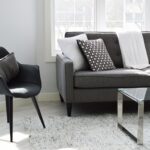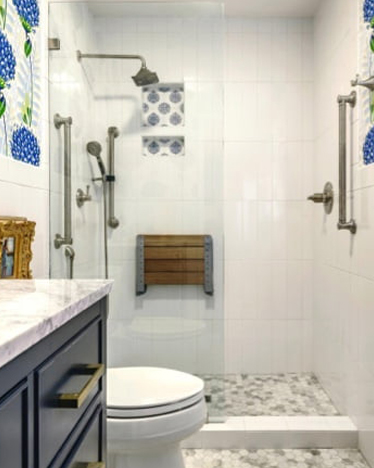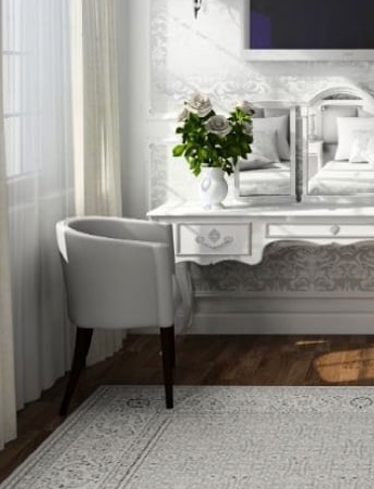1. Understanding the Project Brief
- Client Needs:
Gather information about the client’s lifestyle, preferences, and requirements; Identify specific challenges or goals (e.g. maximizing storage, creating a focal point, or ensuring comfort). - Budget and Timeline:
Discuss available budget and lead times for custom furniture production. - Design Aesthetic:
Establish the desired style (e.g., contemporary, vintage, industrial) to guide design decisions.
2. Space Planning and Concept Development
- Room Layouts:
Determine optimal furniture placement based on room dimensions, traffic flow, and natural light. - Mood Boards:
Create visual boards to present material samples, colors, and styles for custom pieces. - Identify Gaps:
Spot areas where standard furniture may not meet the needs, prompting custom solutions (e.g., a built-in media unit for a living room).
3. Collaborating with Craftspeople
- Finding Specialists:
Work with trusted carpenters, metalworkers, upholsterers, or local artisans for high-quality craftsmanship. - Design Handoff:
Provide detailed drawings or 3D renderings of the custom pieces. - Material Selection:
Specify materials, finishes, and hardware to ensure the piece aligns with the project’s design.
4. Integrating Functionality and Aesthetics
- Multifunctionality:
Incorporate hidden storage, modular designs, or convertible features for space efficiency. - Ergonomics:
Prioritize comfort and usability, particularly for seating or workspaces. - Customization:
Personalize the design to reflect the client’s taste (e.g., custom engravings, unique upholstery).
5. Incorporating Custom Furniture into the Design Process
- Align with Interior Architecture:
Coordinate furniture design with built-in elements, wall treatments, and flooring for a cohesive look. - Material and Color Harmony:
Ensure custom pieces complement the finishes and materials in the space. - Proportion and Scale:
Design furniture that fits the room’s dimensions and doesn’t overpower the space.
6. Presenting the Design to Clients
- Renderings and Visualizations:
Use 3D modeling or augmented reality to help clients visualize the furniture in their space. - Material Samples:
Show fabric swatches, wood samples, and finish options for approval. - Prototypes:
In some cases, create mock-ups or scaled-down prototypes to demonstrate design features.
7. Production Oversight
- Quality Control:
Regularly inspect progress during fabrication to ensure specifications are met. - Communication:
Keep clients updated on the status of their custom pieces.
8. Installation and Styling
- Delivery and Placement:
Oversee furniture delivery and ensure proper positioning in the space. - Finishing Touches:
Style the custom furniture with accessories, textiles, or lighting to enhance its impact. - Integration:
Blend custom pieces seamlessly with other furniture and decor.
9. Showcasing the Unique Value
- Highlight Functionality:
Emphasize how the custom design solves a specific problem or adds unique functionality. - Create a Focal Point:
Use statement pieces, like a bespoke dining table or a custom headboard, to draw attention.
10. Post-Project Follow-Up
- Client Feedback:
Ensure the custom furniture meets the client’s expectations in terms of comfort, usability, and aesthetics. - Maintenance Tips:
Provide care instructions to maintain the furniture’s quality over time.
Tools Interior Designers Use
- CAD Software: Tools like AutoCAD, SketchUp, or Rhino for precise design plans.
- Mood Boards: Physical or digital boards to showcase design concepts.
- 3D Visualizations: Renderings to help clients visualize designs.
Would you like help with a specific aspect of incorporating custom furniture design? Let me know!
No Comment
Leave a Comment






